Engineered Floor Installation Process
We were called to install, sand and finish engineered wood floors.
The house is built on the side of a hill with the closest part to the hill on a concrete slab and the suspended areas with a very out of flat OSB sub floor. There used to be a lot of leveling compound where the concrete and the OSB meet. The client asked us to install unfinished Maple floor with some borders, diagonal fields, medallion and inserts in the hallway.
Step 1:
Remove and haul away baseboards and laminate floors. Oh my god and yes like California style oh my gooood – the baseboards were mitered around the radius outside corners. We will fix that later in this project. Once the demo was completed we discovered multiple areas with leveling compounds. I tapped with a wooden piece on those areas, which we found to be loose. We used hammers, scrapers and grinders to remove the loose areas. We then used grinders to profile the concrete for epoxy moisture barrier application. We sprayed the slab with water as we were grinding to minimize silica dust in the air, used proper respirator and HEPA filtered vacuumed attached to all machines.
Step 2:
now that the slab was free of paint, sealers and whatever else was on it we were ready to seal any cracks and holes with the proper leveling compound. We vacuumed and used a dry mop to remove any dust and then applied the compound. We let it dry overnight, then buffed the floor with 100 screen, vacuumed and tacked again. We used a two part epoxy designed for sealing concrete floors. It was part of a system so the sealer was compatible with the adhesive we were going to use. It is important to understand that the epoxy has a green grab time limit and it is usually up to 36 hours, after that you have to mechanically scratch it with a buffer for the glue to adhere.
We had to use door skin and 30lb roofing felt to feather the OSB areas where they met the concrete.
Compared to the other contractors, we probably added a good amount of time to the job in preparation and moisture control alone. In my opinion, all this work is not an option and must be done to guarantee a successful installation. I don’t care that in some cases according to the guidelines a moisture barrier is not a must. I seal the slab on every job.


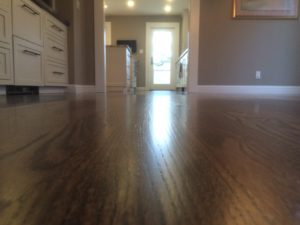
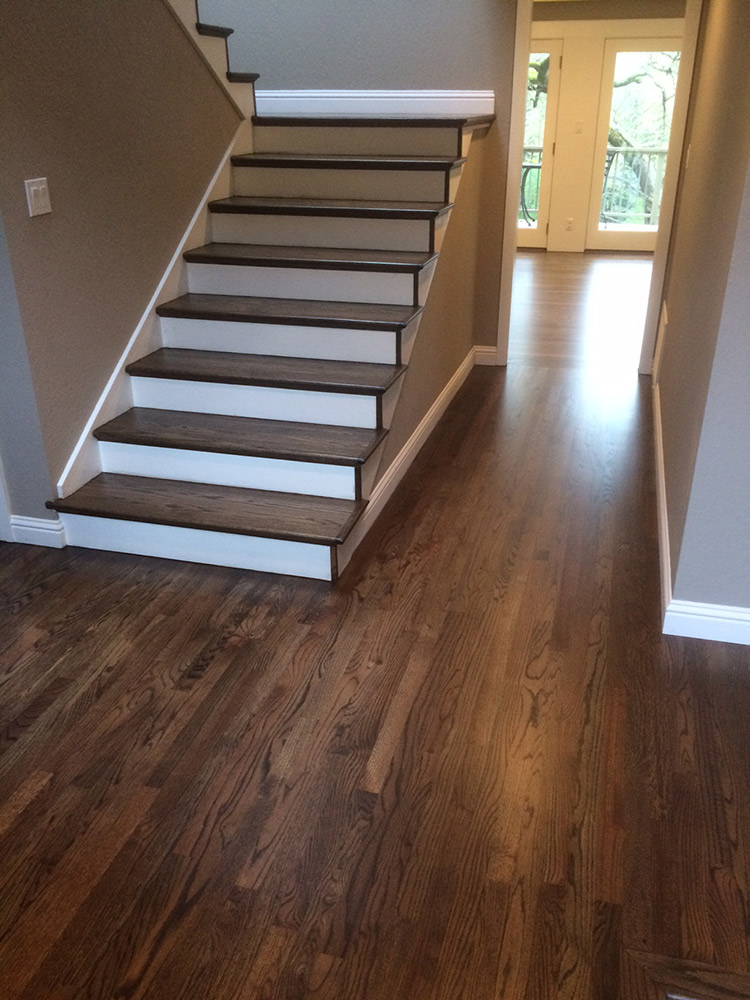
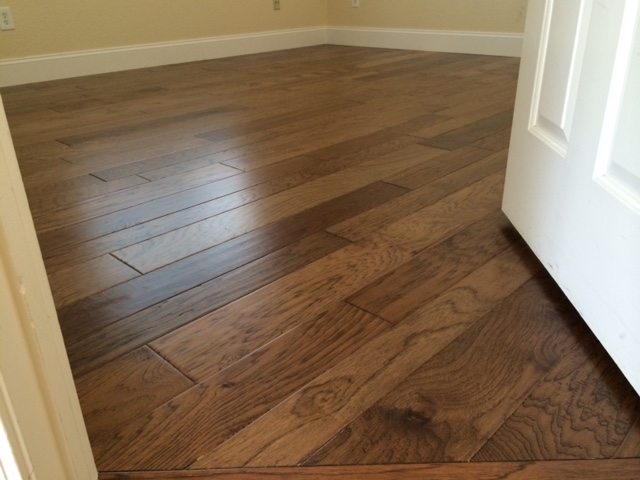
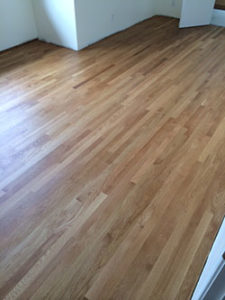
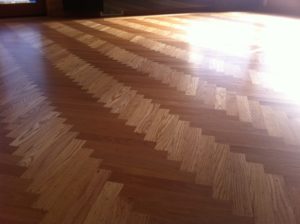 Home services can be cheap or expansive. Some services that come to mind are plumbing, heating, painting, kitchen remodeling and of course wood floors. We all know the saying you get what you pay for. In most cases it is true and I have seen too many floors that failed because of a price point decision made by the consumer. The most common mistake consumers make is hiring flooring contractors based on price or letting the price be the first deciding factor on their list.
Home services can be cheap or expansive. Some services that come to mind are plumbing, heating, painting, kitchen remodeling and of course wood floors. We all know the saying you get what you pay for. In most cases it is true and I have seen too many floors that failed because of a price point decision made by the consumer. The most common mistake consumers make is hiring flooring contractors based on price or letting the price be the first deciding factor on their list. 